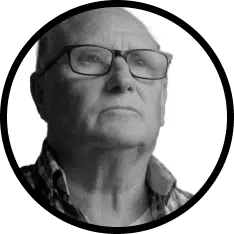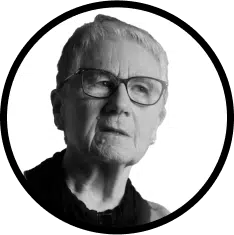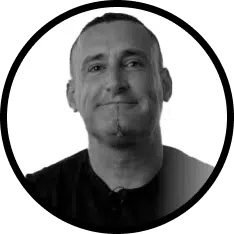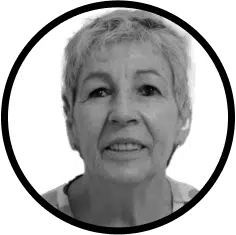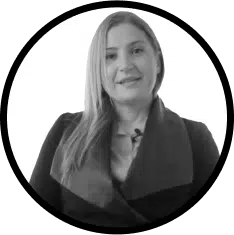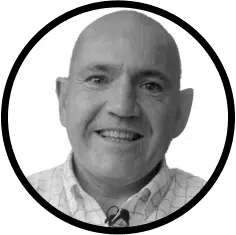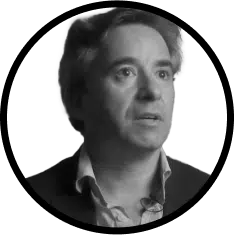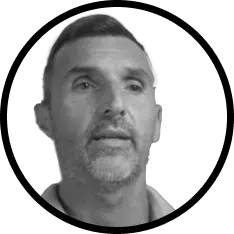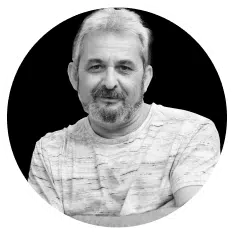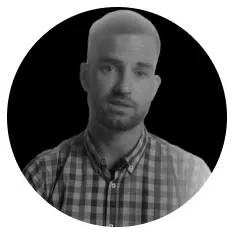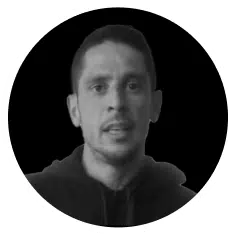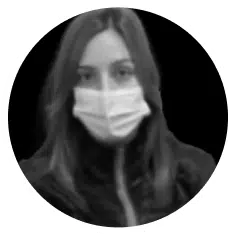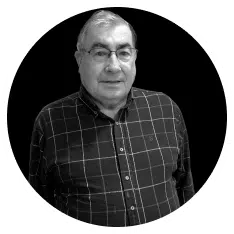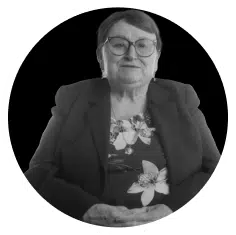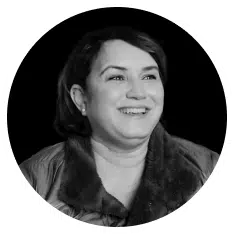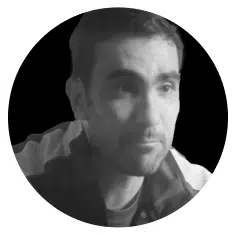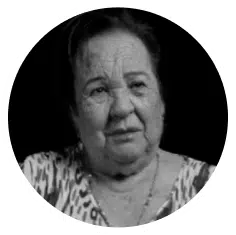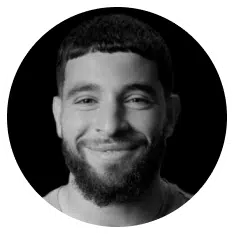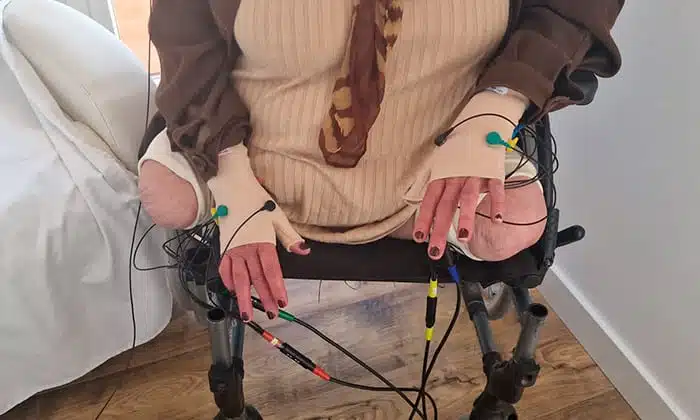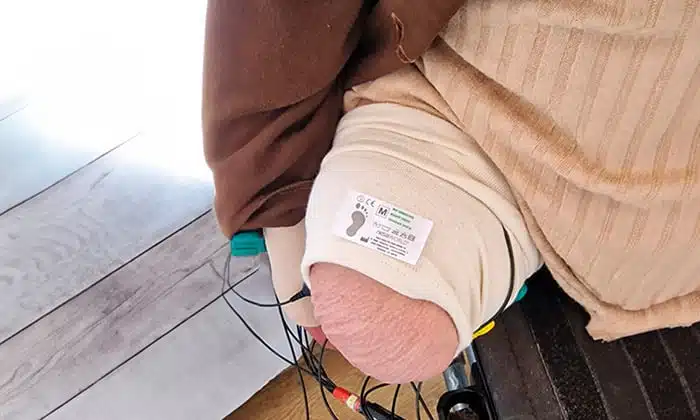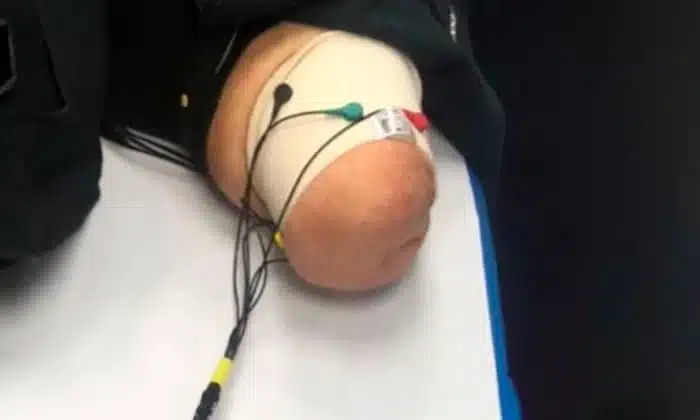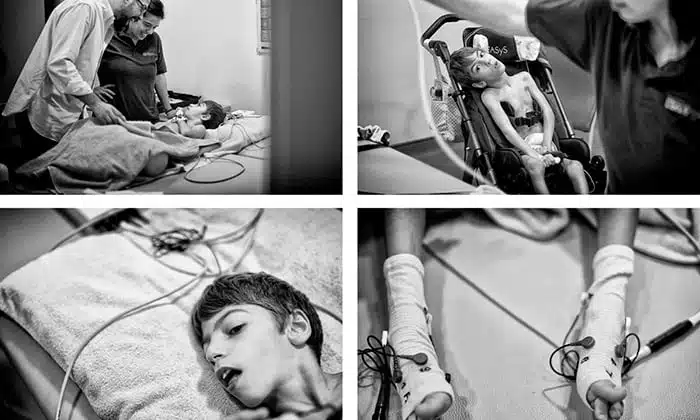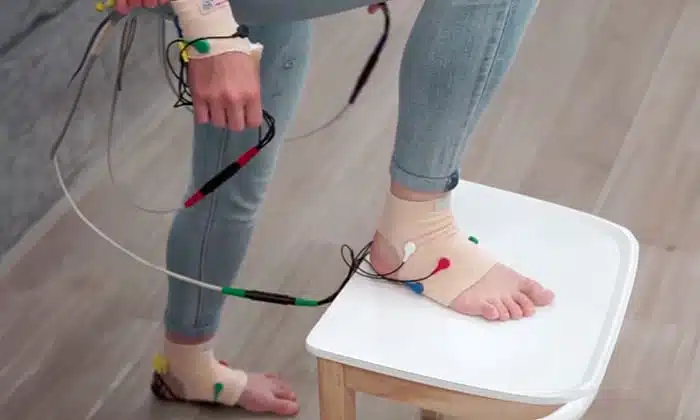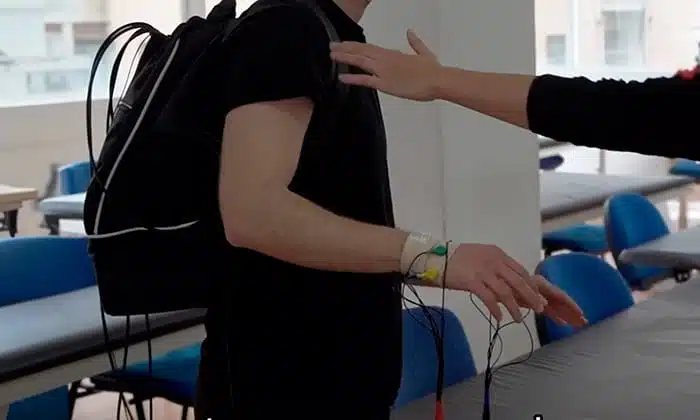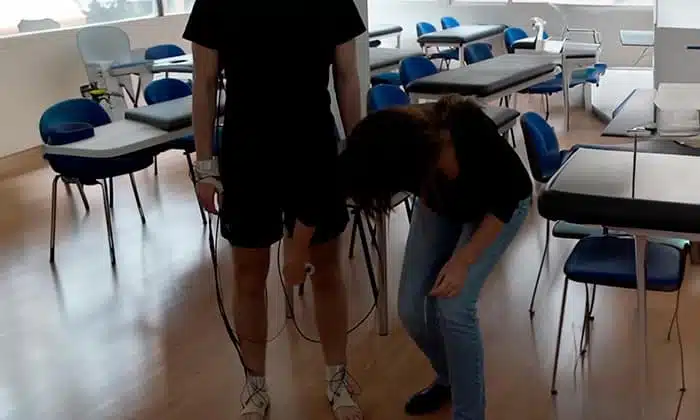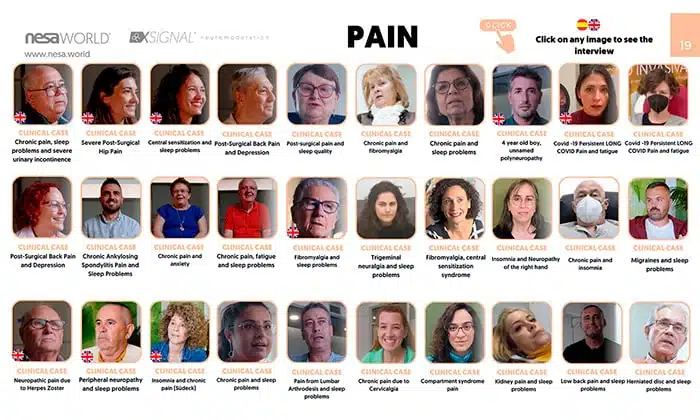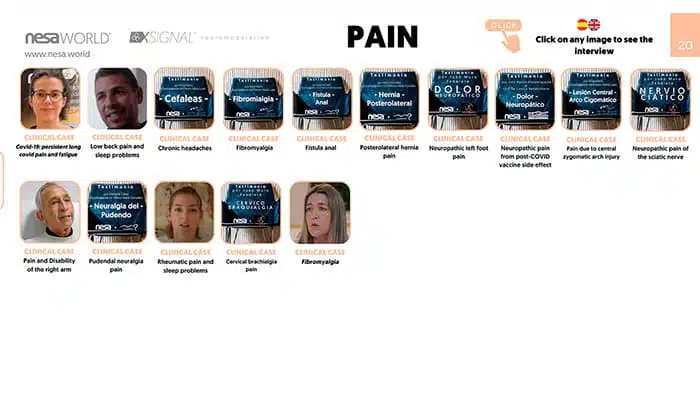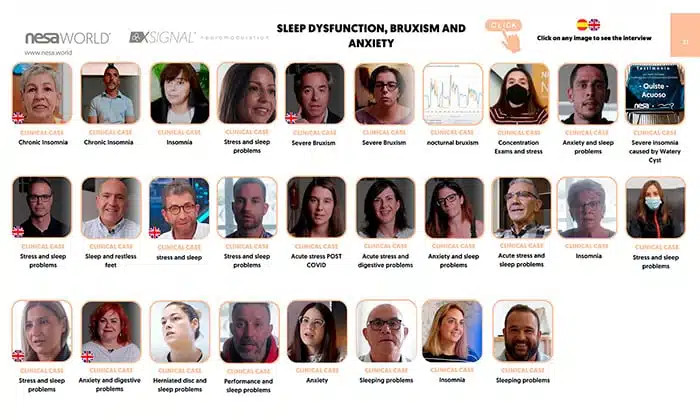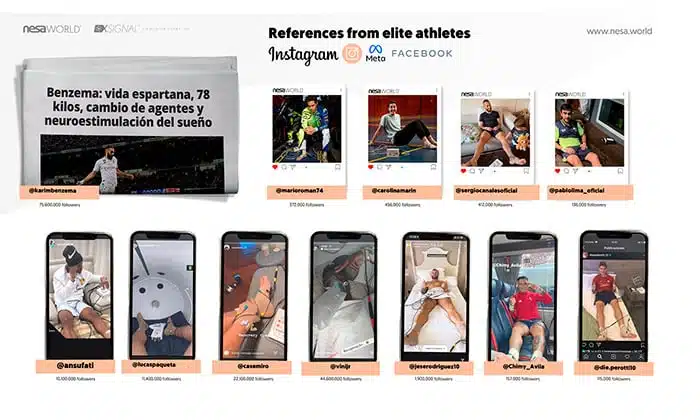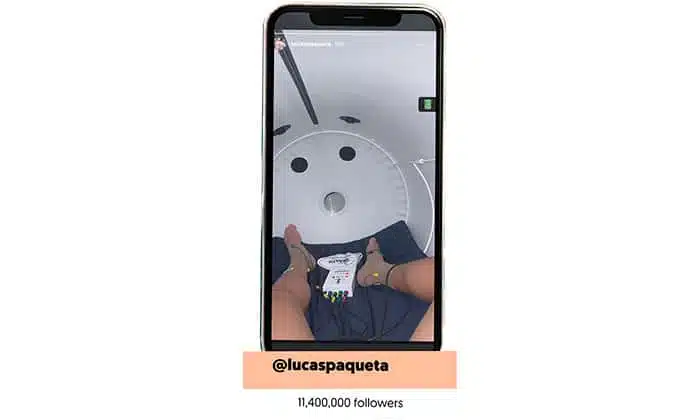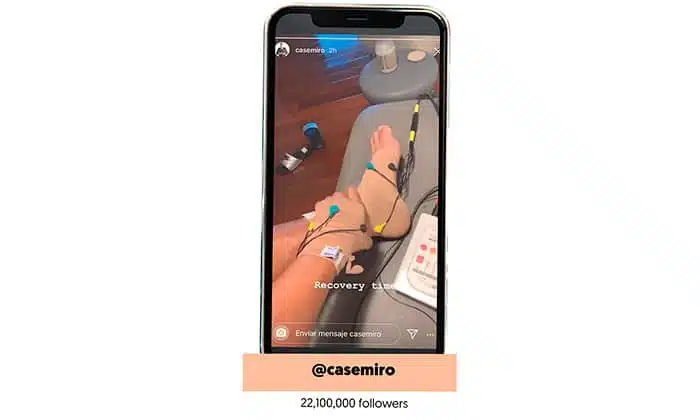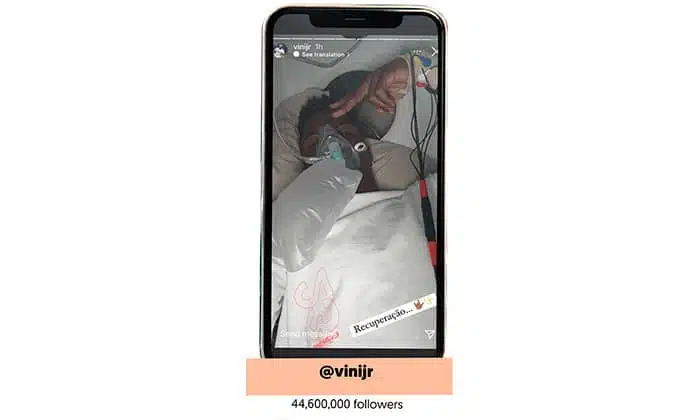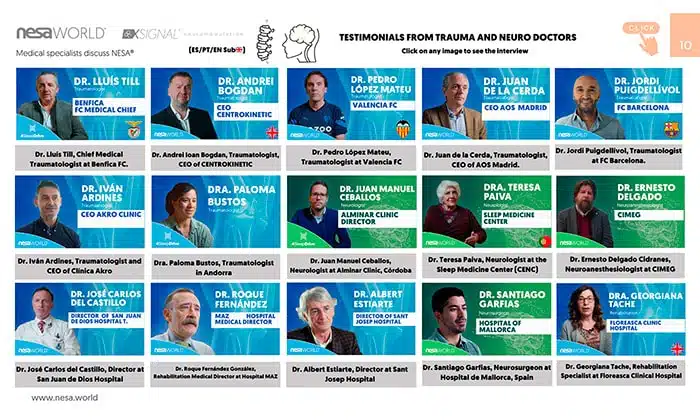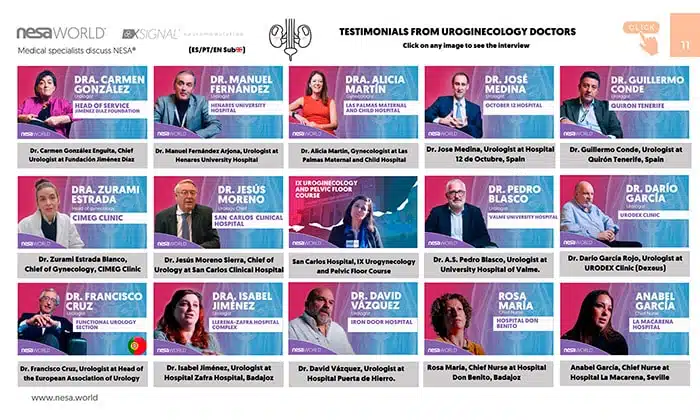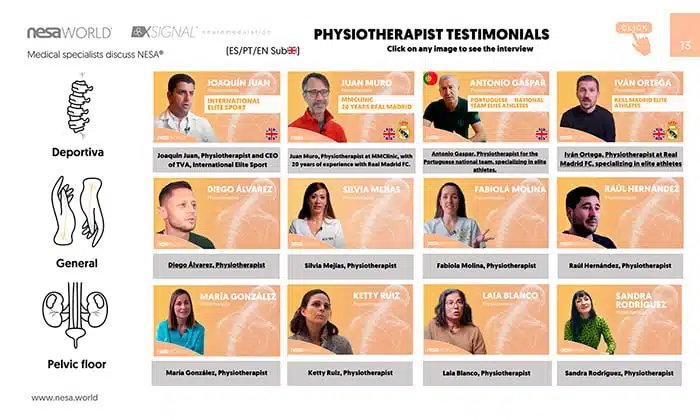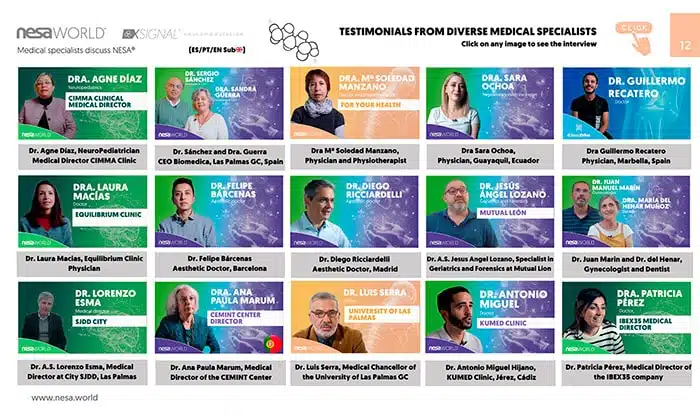vitality and optimal biological performance
Treatments
Chronic Pain Relief
Chronic pain affects 20% of the world's population according to the World Health Organization (WHO). NESA® treats chronic and neuropathic pain through non-invasive neuromodulation, restoring the balance of the autonomic nervous system and promoting nerve regeneration.
Effective in Complex Conditions
Ideal for fibromyalgia, complex regional pain syndrome and trigeminal neuralgia, offering fast and lasting relief.

Optimising Sleep
Más del 66% de las personas sufren disfunciones que afectan su calidad de vida (OMS). NESA® utiliza microcorrientes no invasivas para mejorar la calidad del sueño, regulando el sistema nervioso autónomo. Esta tecnología actúa directamente sobre las vías retinohipotalámicas, fundamentales en la regulación de los ciclos circadianos y los procesos regenerativos durante el sueño.
Mejora la Recuperación Física y Mental
El sueño de calidad es esencial para la consolidación de la memoria, la reparación celular y la regulación hormonal. NESA® optimiza estos procesos, favoreciendo una recuperación integral.
Reduces Stress and Anxiety
Anxiety and stress profoundly impact our mental and physical health. NESA® offers an advanced solution to restore the balance of the nervous system and reduce cortisol levels, improving your emotional well-being.
Objective and Measurable Results
Backed by scientific studies, NESA® allows to evaluate changes in the psychosomatic state through tools such as cortisol and EEG analysis, demonstrating its effectiveness in reducing stress and anxiety.
Complement with Psychotherapy and Relaxation Techniques
NESA® can be integrated with psychotherapies, relaxation activities and mindfulness practices, enhancing the benefits of a holistic approach to your mental health.
Strengthens Urogynecological Function
Overactive bladder is a condition that affects millions of people, causing urinary urgency, frequency and, in many cases, incontinence. This disorder is related to dysfunctions in the autonomic nervous system, which interfere with communication between the brain and the bladder.
Overactive Bladder Treatment
An advanced, non-invasive treatment, regulating the autonomic nervous system to restore its balance and improve the symptoms of overactive bladder.

Improved Physical Performance
NESA® optimizes the balance of the autonomic nervous system, reducing metabolic stress and promoting faster muscle regeneration. This not only decreases fatigue, but also improves physical performance.
Proven benefits:
✓ Improves sleep quality.
✓ Accelerates muscle recovery.
✓ Reduces fatigue and improves performance.

Digestive Health Regulation
The autonomic nervous system regulates involuntary body functions, including gastrointestinal motility. Dysfunctions in this system can contribute to constipation, making its modulation essential to restore neurophysiological balance and improve bowel function.
Treatment of Constipation
It acts on the autonomic nervous system to improve intestinal motility and relieve the symptoms of constipation. This innovative technology has proven to be effective in restoring nervous system balance and improving patients' quality of life.
FAQs
We clear up all your doubts about the medical technology of Neuromodulation Non Invasive Neuromodulation technology. If you can't find your answer here, visit our FAQs full section or write to us through our contact section and we will get back to you as soon as possible.
1What is the minimum number of sessions? How many sessions per week? arrow_forward
2Is NESA® Non-Invasive Neuromodulation 100% effective with all the pathologies of the autonomic nervous system that it treats? arrow_forward
3How much time should be given between sessions? What is usual in a clinic? arrow_forward
4Would it be possible to use the device on amputees, and can it be used without one of the wrist or ankle braces? arrow_forward
5How long can a session last at most one day? arrow_forward
6Is it possible to use it simultaneously with therapeutic exercise or a rehabilitation process? arrow_forward
7In what type of pain is there clinical experience and can I see clinical cases? arrow_forward
8Is there any clinical experience with sleep dysfunctions, bruxism, and anxiety? and can I see clinical cases? arrow_forward
9Are there patients with other pathologies? arrow_forward
10Do elite athletes use NESA® medical technology in their daily lives? arrow_forward
11Which types of healthcare professionals use NESA® medical technology? arrow_forward
12What is the price of a NESA® Non-Invasive Neuromodulation session? arrow_forward
13Why can't the patient use the mobile phone during the session? arrow_forward
14Why is it necessary to remove as much surface metal as possible during the session, and is it decisive? arrow_forward








